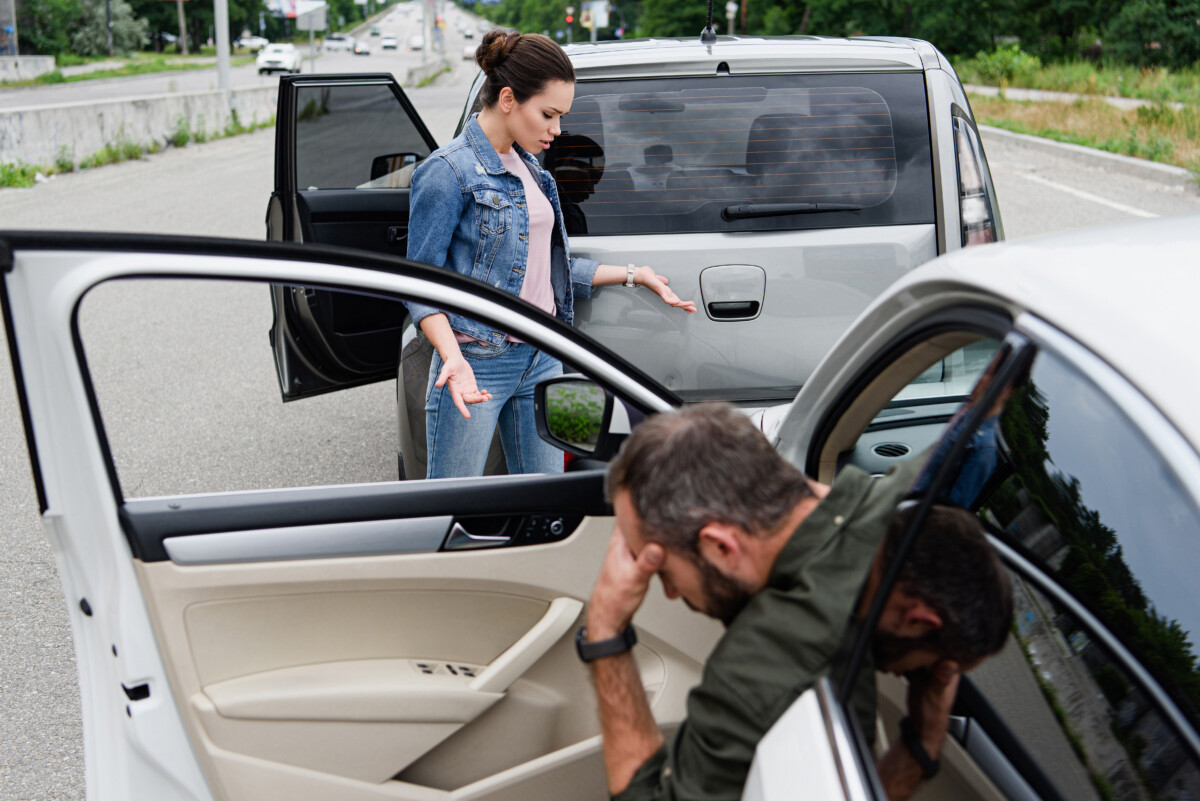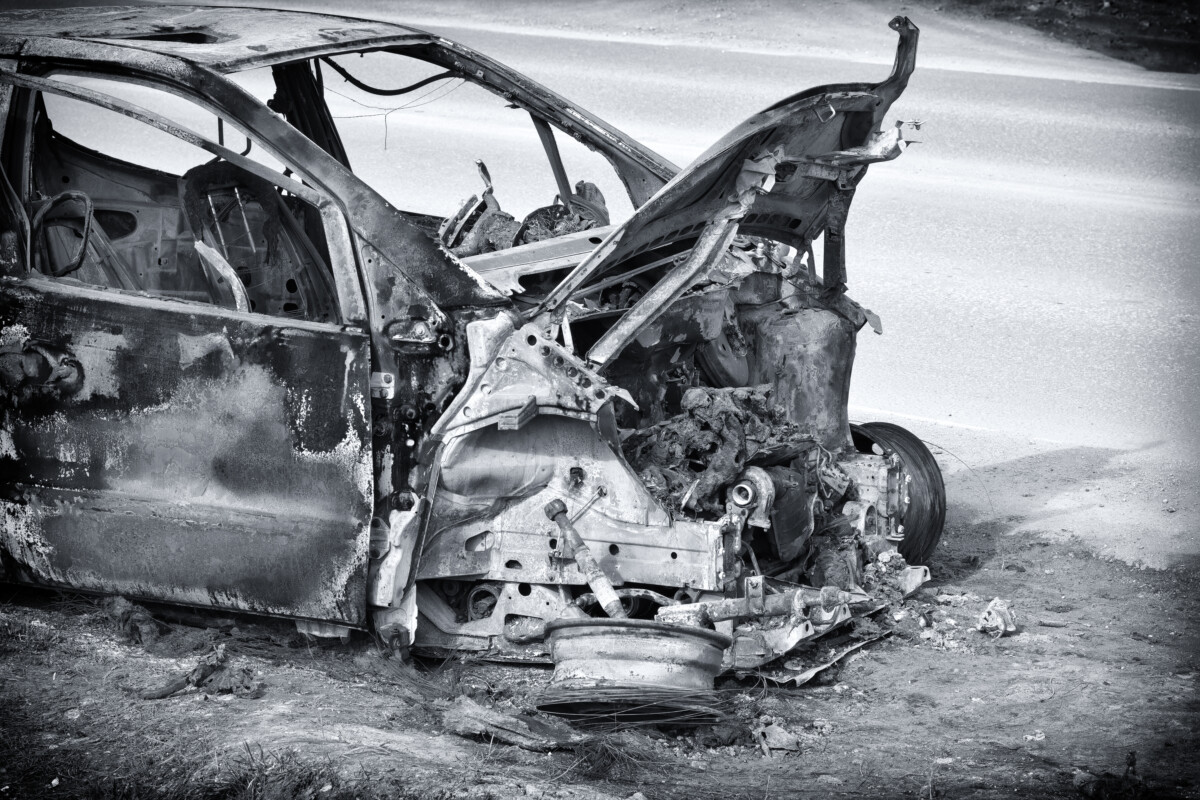Motorcycle Death Statistics vs Cars – How to Stay Safe on the Road

Motorcycle death statistics vs cars is a significant topic for road safety advocates, riders, and drivers. Understanding these statistics is essential for promoting safer riding practices and enhancing road safety measures. This section compares the risks associated with motorcycles and cars, emphasizing the need for awareness and education to reduce fatalities.
Overview of Motorcycle and Car Death Statistics
Motorcycles present higher risks compared to cars. Here are some key statistics that highlight this difference:
Motorcycle Fatalities
- Motorcyclists are 28 times more likely to die in a crash than car occupants (NHTSA).
- In 2020, there were about 5,579 motorcycle fatalities in the U.S.
- The fatality rate for motorcyclists is approximately 23.5 deaths per 100,000 registered motorcycles.
Motorcycles lack the protective structure of cars, making riders more vulnerable.
Car Fatalities
- In 2020, car-related fatalities were around 38,680, with a rate of 11.2 deaths per 100,000 registered vehicles.
- Despite more frequent accidents, cars have a lower fatality rate due to safety features like airbags.
This disparity in safety features explains the significant difference in motorcycle death statistics vs cars.
Comparative Analysis of Fatalities
Understanding the comparative risks of different vehicles is essential for road safety. Motorcycle death statistics vs cars reveal significant differences in fatality rates, informing both riders and drivers about road dangers.
Understanding the Statistics
Motorcyclists face a higher risk of fatality compared to car occupants. According to the NHTSA, motorcyclists are about 28 times more likely to die in a crash than those in passenger vehicles. In recent years, motorcycle deaths increased by 5% from 2019 to 2020, while car fatalities have remained lower overall.
Factors Contributing to Higher Motorcycle Fatalities
Several factors contribute to this disparity:
- Lack of Protection: Motorcycles provide minimal crash protection compared to cars.
- Visibility Issues: Their smaller size makes them less visible to other drivers.
- Rider Experience: Inexperienced riders are at a higher risk of fatal accidents.
Safety Measures and Recommendations
To reduce risks, motorcyclists should:
- Wear protective gear, including helmets.
- Take safety courses to enhance skills.
- Use bright colors for visibility.
- Follow traffic laws to minimize accidents.
In summary, recognizing the differences in motorcycle death statistics vs cars can lead to improved safety practices for all road users.
Factors Contributing to Motorcycle Deaths
When examining road safety, the comparison of motorcycle death statistics vs cars reveals significant risks associated with riding motorcycles. Both transportation modes have dangers, but the disparity in fatality rates is concerning and merits a closer look at contributing factors to motorcycle deaths.
Lack of Protection
- Motorcycles provide minimal protection compared to cars, exposing riders to greater injury risks.
- While helmets and gear can help, they cannot eliminate risks entirely.
This lack of protection is a key factor in motorcycle death statistics vs cars, emphasizing the need for better safety awareness.
Rider Experience and Training
- Inexperienced riders face higher accident risks.
- Proper training can significantly lower fatality risks, yet many states lack comprehensive training requirements.
Training enhances riders’ skills, reducing risks and potentially lowering death rates.
Road Conditions and Weather
- Poor road conditions and adverse weather can increase accident likelihood.
- Motorcycles are less stable in bad weather, making them more susceptible to accidents.
Riders must navigate treacherous conditions that can lead to fatalities.
Alcohol and Drug Use
- A notable percentage of motorcycle fatalities involve substance use.
- Impaired judgment can lead to dangerous riding behaviors.
Awareness campaigns are essential to address this issue and promote responsible riding.
Impact of Safety Gear on Motorcycle Fatalities
When examining road safety, the comparison of motorcycle death statistics vs cars is striking. Motorcycles pose a higher accident risk, making safety gear essential for reducing fatalities. This section highlights how proper gear can enhance survival rates in crashes.
The Role of Safety Gear in Reducing Fatalities
Motorcycle safety gear, including helmets, jackets, gloves, and boots, plays a crucial role in protecting riders.
Helmets
- Helmets can reduce the risk of death by about 37% and are linked to lower fatalities in states with mandatory helmet laws.
Protective Clothing
- Abrasion-resistant jackets and pants can prevent serious injuries, with research showing a 30% lower risk of severe injuries for those who wear them.
Footwear and Gloves
- Proper footwear and gloves protect against common injuries, further emphasizing the need for comprehensive safety gear.
Statistics on Gear Usage and Fatalities
In 2020, 5,579 motorcyclists died in crashes, many not wearing helmets. Only 50% of riders consistently use protective gear, correlating with higher fatality rates. Regions with strict gear laws have seen a 20% reduction in fatalities over the past decade.
Conclusion
The right safety gear significantly improves a rider’s chances of survival, making it vital for motorcyclists to prioritize their safety on the road.
Regional Variations in Motorcycle vs Car Deaths
Motorcycle death statistics vs cars highlight significant safety differences across regions, essential for policymakers and riders. By examining these statistics, we can identify factors contributing to disparities and enhance safety measures.
Urban vs Rural Areas
- Urban areas have higher traffic congestion, leading to lower speeds and fewer fatal accidents.
- Rural areas, however, experience higher speeds and less traffic, resulting in more severe accidents.
- The NHTSA reports that rural motorcyclists are 2.5 times more likely to die in a crash than those in urban settings.
Geographic Differences
- States like Florida and California see higher motorcycle fatalities due to warm climates and a strong motorcycle culture.
- In contrast, states with harsh winters, such as North Dakota, have fewer deaths due to fewer riders.
- The IIHS indicates that states with mandatory helmet laws have lower motorcycle death rates.
Demographic Factors
- Younger riders (ages 16-24) face higher risks of fatal accidents.
- NHTSA studies show that riders aged 40 and older are also at significant risk.
- Male riders account for about 90% of motorcycle fatalities.
Understanding these factors can help develop targeted safety campaigns to reduce fatalities.
Legislation and Its Effect on Motorcycle Safety
Motorcycle safety is a pressing concern, especially when comparing death statistics between motorcycles and cars. Legislation significantly impacts these statistics, offering insights into potential safety improvements. This section examines how laws regarding helmet use, licensing, and safety training influence motorcycle safety in relation to car safety, particularly in the context of motorcycle death statistics vs cars.
The Role of Legislation in Motorcycle Safety
Legislation is crucial for motorcyclist safety. Key laws include helmet mandates, licensing requirements, and safety training, all of which affect accident rates and fatalities.
Helmet Laws
- States with mandatory helmet laws report lower motorcycle death rates.
- The NHTSA states helmets reduce the risk of death by 37%.
Licensing Requirements
- Stricter licensing leads to better-trained riders, reducing fatal accidents.
Safety Training Programs
- Many states offer courses that can decrease fatalities by up to 20%.
Promoting safety training and enforcing helmet laws can significantly reduce motorcycle fatalities, highlighting the need for effective legislation to enhance rider safety.
Future Trends in Motorcycle Safety and Death Rates
Understanding trends in motorcycle safety and death rates is crucial as we look to the future. The comparison of motorcycle death statistics vs cars highlights the risks associated with riding. However, advancements in technology and safety measures are paving the way for improved safety.
Innovations in Safety Gear
Advanced Helmets
- Smart helmets with Bluetooth technology
- Enhanced visibility features
- Built-in communication systems
Smart helmets are revolutionizing motorcycle safety by providing protection and enhancing the riding experience.
Vehicle Technology Improvements
Anti-lock Braking Systems (ABS)
- Standard in new motorcycles
- Proven to reduce crash rates
Traction Control Systems
- Prevents wheel spin
- Increases stability in adverse conditions
These technologies are expected to significantly lower accident rates.
Legislative Changes and Awareness Campaigns
Stricter Licensing Requirements
- Enhanced training for new riders
- Mandatory safety courses
Public awareness campaigns also play a vital role in promoting motorcycle safety.
As we embrace these trends, the hope is for a decline in motorcycle death rates, making roads safer for everyone.
FAQs About Motorcycle vs. Car Fatality Rates
1. How much more dangerous is riding a motorcycle compared to driving a car?
Motorcyclists face a significantly higher risk of fatality. In recent statistics, the fatality rate for motorcyclists is nearly 28 times higher than that for passenger car occupants per mile traveled.
2. What percentage of traffic fatalities involve motorcycles?
Despite comprising only about 3% of all registered vehicles, motorcycles account for roughly 15% of all traffic fatalities.
3. Are motorcycle accidents more likely to be fatal than car accidents?
Yes, motorcycle accidents are far more likely to result in fatalities. Motorcyclists are approximately 28 times more likely to die in a crash per mile traveled than passenger car occupants.
4. What factors contribute to the high fatality rate among motorcyclists?
Factors include:
-
Lack of protective barriers like seatbelts and airbags
-
Increased vulnerability in collisions
-
Higher likelihood of alcohol impairment
-
Greater exposure to road hazards
5. How do motorcycle fatalities compare to other road users?
Motorcyclists are disproportionately represented in traffic fatalities. While they make up a small percentage of road users, they account for a significantly higher percentage of deaths.
Final Thoughts
Motorcycle travel comes with substantially higher risks than driving cars. While motorcycles offer freedom and efficiency, riders are far more vulnerable in crashes. Prioritizing safety—such as wearing proper gear, following traffic laws, and staying alert—can help reduce the risk of severe injuries and fatalities. Awareness of these statistics can encourage safer riding practices for everyone on the road.
If you’ve been wronged, don’t wait—get a free legal review at LegalCaseReview.com or call 📞 (833) 279-1850 today.


